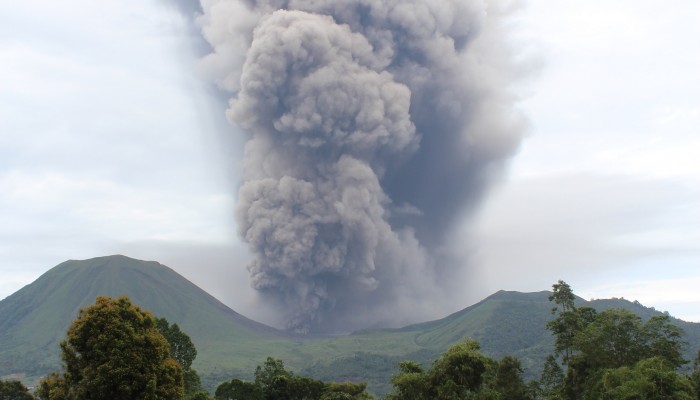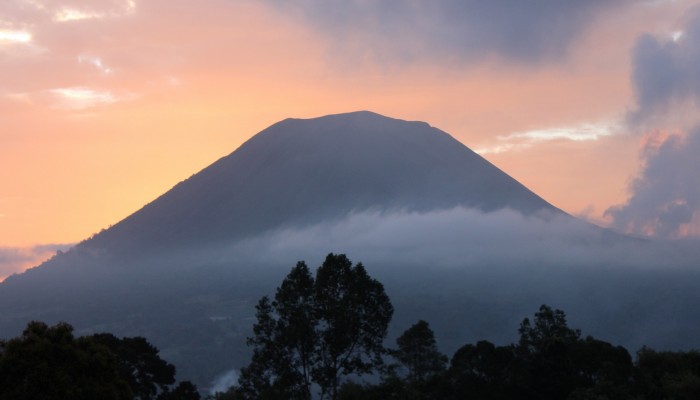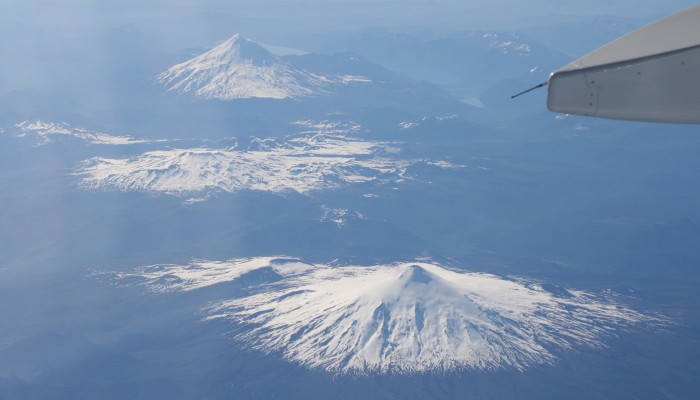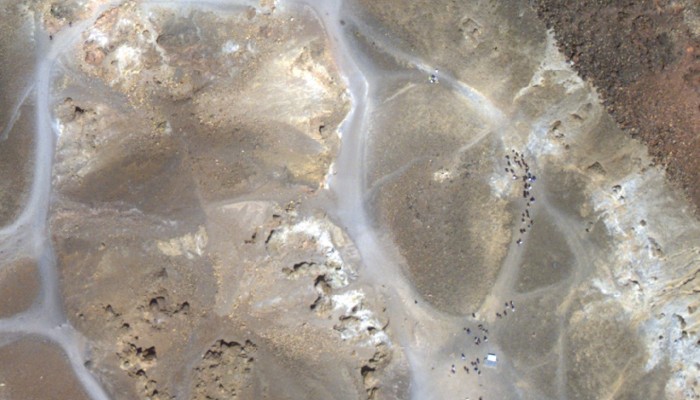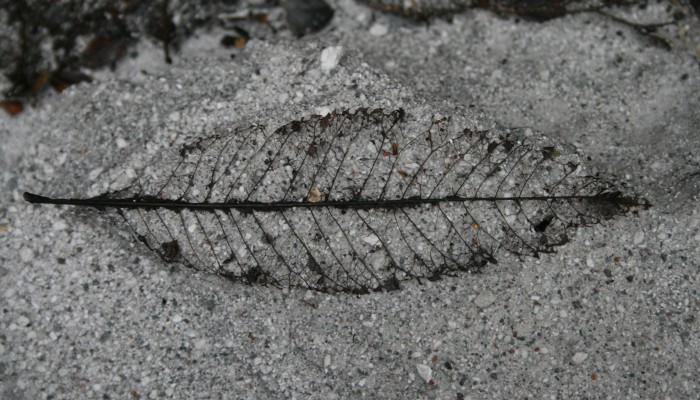This week I am at a workshop near the twin-peaked volcano Lokon-Empung, in Sulawesi, Indonesia. True to form (it is the most active volcano in Sulawesi), Lokon has been rather active, with fairly frequent small explosions forming some small but dramatic ash plumes. The active vent is not at the summits of either Lokon, or Empung, but instead at the crater called Tompualan, which lies in the saddle ...[Read More]
Friday Field Photos: Eruptions at Lokon-Empung volcano, Indonesia
One year of volcanicdegassing
One year has passed since I first wrote a post for this occasional blog. Now, 12 months, 22 posts and 7500 page views later, here’s a quick look back. For me, this has been a way of using some of my back catalogue of field photographs, of fleshing out a bit of context around papers I have been working on, and adding a little commentary on some more topical aspects. I am pleased with the results so ...[Read More]
Friday Field Photos: the Southern Volcanic Zone of Chile
If you are ever in Chile and have the chance to take a mid-morning flight south from Santiago towards Puerto Montt or Concepcion, make sure you try and book a window seat on the left hand side of the plane. Once the early morning cloud has cleared, you could be in for a treat as you fly along the ‘volcanic front’, with spectacular views of Chile’s brooding volcanoes popping up f ...[Read More]
August Anniversaries: the eruption of Krakatoa
August 27th marks the anniversary of the culmination of the great eruption of Krakatoa (or Krakatau) in Indonesia in 1883. This devastating eruption has become the archetype of a volcanic catastrophe, even though it was a geologically modest example of a ‘caldera forming’ event. The eruption of Krakatoa quickly made the headlines around the world, in part because newly installed unders ...[Read More]
Santorini: a volcano in remission?
In January 2011, Santorini volcano in Greece began to show the first subtle signs of stirring after many decades of quiet – or at least many decades without detectable activity. This presented an exceptional opportunity to track the behaviour of a very well-studied volcano at the start of a phase of ‘unrest’. Although it may seem counter-intuitive, volcanologists don’t real ...[Read More]
Timelapse volcanoes in Google’s Earth Engine
With the marvels of technology and the generosity of Google and NASA, we can now sit back and watch the back catalogue of volcanic eruptions using the magnificent Google Earth Timelapse of Landsat images. Here are just a few that I have picked out.. Enjoy, and do send more suggestions! Anatahan, Marianas, erupted in 2005. Anatahan Timelapse Chaiten, Chile. Erupted in May 2008: look for the splash ...[Read More]
Who should set the research agenda in Universities?
Universities are complex, organic institutions. Their heart is the academic hub of scholarship and research, sustained by the ever-changing life-blood of students who come through to learn, to challenge, to grow, and ultimately to leave, having left their mark on those who have taught them. The excitement of working in a University environment is the daily experience of being challenged to think ...[Read More]
Chaiten: anniversary of an eruption
May 1st marks the anniversary of the start of the first historical eruption of Chaiten, a small volcano in southern Chile, in 2008. A lot has been written on the eruption elsewhere, starting with Erik Klemetti’s eruptions blog which first reported on the event at the time. This is an opportunity to share some field photos, which I took during field visits to Chaiten in 2009. At the time of t ...[Read More]
Earth Day – Thin Ice and the inside story of Climate Science
Earth Day, April 22nd, has been chosen as the day for the global launch of a new film on the science behind global environmental change ‘Thin Ice: the Inside Story of Climate Science‘. This is an exciting project, as the filmmakers include Simon Lamb, who has had a successful career as an academic geologist at the University of Oxford, UK, and then at Victoria University of Wellington ...[Read More]

